“It is the celebration of togetherness and a time for reverence. We invoke our guardian deities and thank them for protecting us throughout the year”, said the monk who all the time had a serene smile on his face while I asked him lots of questions about Pang Lhabsol, the reason for our visit in Sikkim this time. The lines on his face spoke about his wisdom. He did not know Hindi and English well, and we could not speak his language. But we somehow managed to communicate. But inside the serene ambiance of Rabong Monastery, we both seem to understand each other.
Pang Lhabsol – The Video
We had come to Ravangla just the previous day after a visit to Temi Tea Gardens and Gangtok just to experience the Pang Lhabsol Festival at Ravangla on 26th of August, 2018. It was a Sunday morning full of mist and cloud. We went to the Rabong Monastery quite early. A few people told us that there was going to be a festival, dance and celebration that day. Well, we came to visit that. Some of them were even surprised that we came all the way from Kolkata to Ravangla to watch their festival!
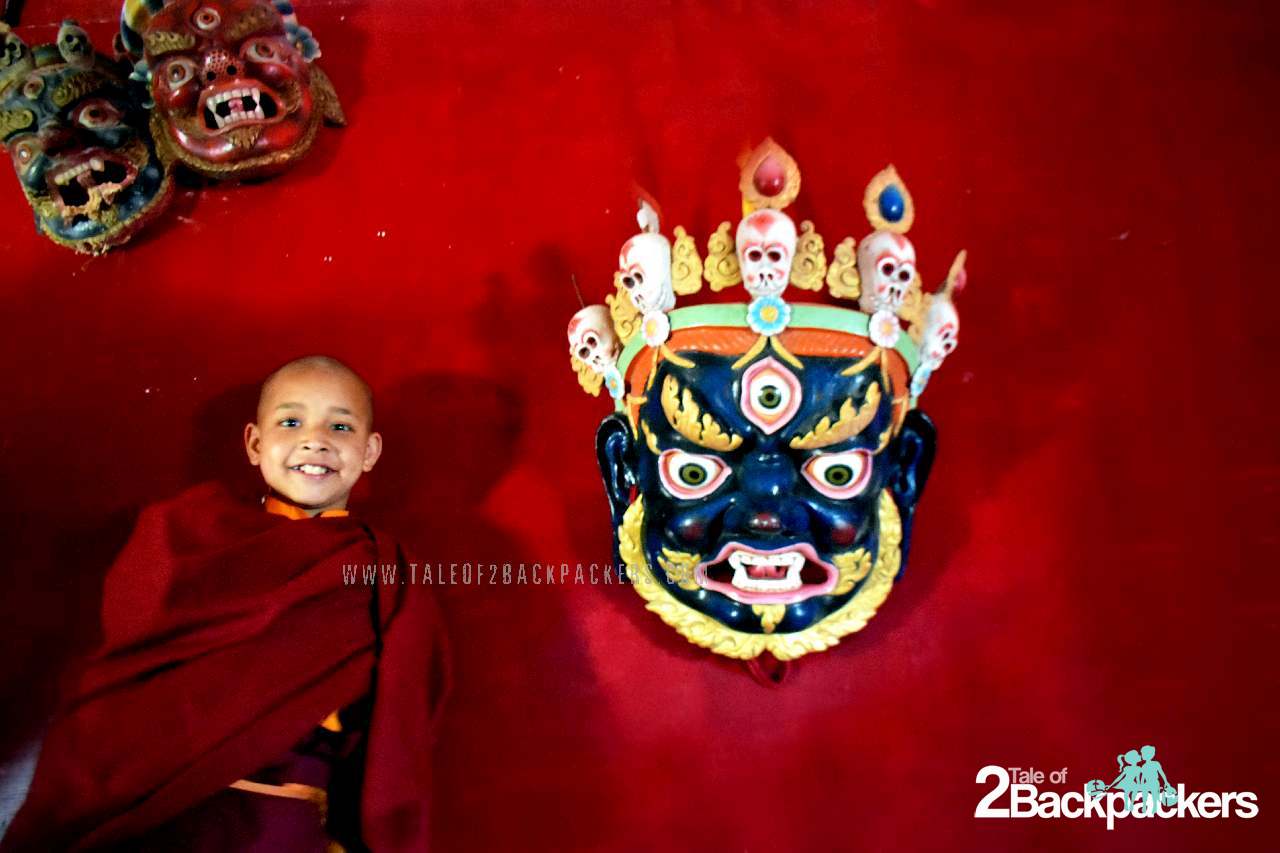
It was a cloudy morning overcast with mist. We wished we could see a glimpse of the Kangchendzonga! After all, the day was to worship and venerate the deity. And then suddenly, it seemed that the Gods waved the magical wand. The clouds were away and the Kangchendzonga range was visible just behind the Buddha statue at the Buddha Park. It was just for a couple of minutes and then the clouds again covered the ranges. It was as if the deities were blessing the land.

What is Pang Lhabsol?
Sikkim, a small land on the eastern Himalayas is sandwiched between large countries. Added to the unhindered natural beauty of Sikkim, the state is also a colourful mix of culture and traditions. The Lepchas are said to be the original inhabitants of Sikkim. Later Bhutias and much later Nepalese came to this wonderful land. Pang Lhabsol is mainly a Buddhist festival and is celebrated by all the communities of Sikkim, thus promoting a communal harmony.
Pang Lhabsol is one of the major annual festivals of Sikkim and its people. The festival pays homage to all the guardian deities and protectors of Sikkim. The festival falls on the fifteenth day of the seventh month according to the Tibetan Calendar. It usually occurs in the month of August or September. During the festival, Dzonga (the representation of Mount Kangchendzonga), Gonpo (Mahakaal) and Dragpo Deshi (the guardian of the four directions) are venerated and worshipped. The festival was introduced and popularised by the third Chogyal (ruler) of Sikkim, Chakdor Namgyal.
Pang Lhabsol also commemorates the Treaty of Brotherhood between the Lepchas and Bhutias.


History of Pang Lhabsol
Sikkim is a blessed land. During the 8 C.E. Guru Rinpoche warned the Tibetan King Trisong Detsan that Tibet’s sovereignty would be subjugated in the near future. The King then requested the Guru to leave Tibet and search for places in order to keep Dharma alive and going. Guru Rinpoche after completing his spiritual quest in Tibet selected four major hidden lands and four minor hidden lands around Tibet. He had first arrived at Gurudongmar Lake in North Sikkim and after blessing the lake he arrived at Tashiding in West Sikkim. He sanctified the entire landscape and considered it to be a “Hidden Land” or Beyul Demajong as known in the Buddhist circles. Later he explored various parts of Demajong and spent time meditating in caves in the four directions surrounding the Tashiding monastery. At the same time, the Guru had exorcised a number of demons and spirits bringing them under his control and conferred them the duty of protecting the Hidden Land. They were entrusted to protect the land from any natural calamities and bless the land with an abundant harvest and plenty of rainfall. Guru Rinpoche also hid his ‘treasure teachings’ in secretly coded texts (termas) in caves and sacred places prophesized that they will be revealed in future when Dharma is threatened. The Guru also wished to reappear in the sacred land in three incarnate forms to disseminate Buddhist doctrines to his followers.

The teachings were later ‘revealed’ as a ‘terma’, or treasure, by Lhatsun Namkha Jigme, a highly accomplished Tibetan yogi practitioner, in the 1600s. Later in 1642 AD, three learned men arrived at Sikkim from the three cardinal directions. These noble saints were known as Gyalwa Lhatsun Chenpo, Ngadag Sempa Rigzin Phuntshog and Kathog Kuntu Zangpo. The three Lamas first assembled at a place called Norbugang in western Sikkim which was later known as Yuksam. Their search for the fourth person ended in the eastern direction when they found Phuntsong. The three Lamas consecrated Phuntsong Namgyal as the Chogyal or King of Demajong. Thus started the rule of the Chogyals in Sikkim.
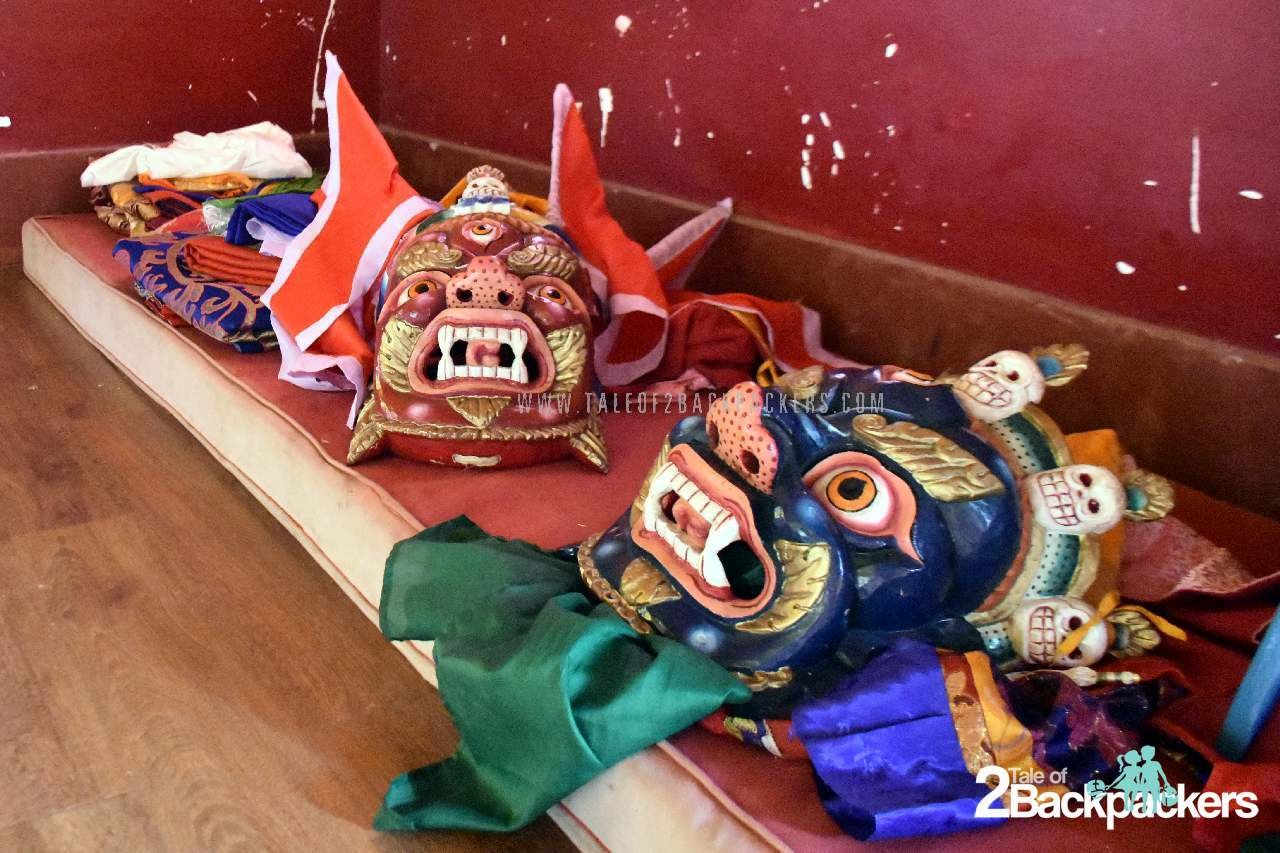
There is another legend that says the history of Pang Lhabsol goes back to the 13th century. The prince of Kham Minyak (a place in Tibet) had raised the pillar of Sakya Monastery single-handedly. He was given the name of Khye-Bum-Sa meaning ‘the strength of one lakh men’ by Sakya Lama. Khye-Bum-Sa married the daughter of Sakya Lama but the couple did not have any child. A Lepcha seer advised them to travel southwards. They did so and met Thekong Tek, Lepcha Chief of Sikkim. The Lepcha Chief blessed them and later the couple had a child. Khye Bhumsa later visited the Lepcha Chief again to express his gratitude. Thekong Tek then asked him to take the oath of “Blood Brotherhood” between them. Thekong Tek and Khye Bumsa sat on a raw animal hide with the intestine of the animal tied around them and blood splattered all around.
The swearing of the oath of Blood Brotherhood took place under the witness of Khanchendzonga.
To perpetuate the treaty and its objective of unity, peace and harmony amongst the future generation of the land, a symbolic stone was erected as per tradition with blood splattered over it. the place where the treaty was signed was known as ‘Kabi Longtsok’ in North Sikkim. In Lepcha language, ‘Kabi’ means our blood, ‘long’ means stone and ‘Tsok’ means erect. Pang Lhabsol celebrates the treaty of blood brotherhood between the two communities.

Where is Pang Lhabsol celebrated?
The Pang Lhabsol is held at a number of monasteries of Sikkim. In Gangtok, the festival is celebrated grandly near the Tsuklakhang monastery. Pang Lhabsol is also celebrated at Rabong Monastery in Ravangla, old Ralong Monastery and at Kabi Lungchok in North Sikkim. We had been to Ravangla to witness this grand festival.

The festival, the Mask Dance & Pangtoed Chaam Dance
Pang Lhabsol follows a ritual text known as “Neysol”. The text is recited for three days by the monks and on the final day, the festival is concluded by a few dramatic rituals – ‘shaylen’ (oral oath of protection), ‘dzongkhor’ (the victory song) and the “Pangtoed Chaam” (warrior dance). The Chham dance was added and popularized by the third Chogyal of Sikkim, Chador Namgyal who had a dream about the dance. The Chaam dance is quite spectacular and unique. Pangtoed Chaam included the warrior dance that signifies the loyalty and devotion towards the Chogyals as well as towards the Guardian deity.
The mountain deity is invoked by reciting the spiritual text.
On the day of the festival, the Rabong Monastery was decorated colourfully. The monks and many people in their traditional dress were waiting for the Great Lama from the Old Ralong Monastery. As the Lama arrived, the monks and others greeted him by presenting the khata, traditional white scarf with folded hands. The lama then returned the khata back to the giver as a token of blessing.

The Lama and monks then enter the monastery and recite prayers and chanting. And then the dancers dressed in the traditional Sikkimese battle dress, complete with helmets, swords, and shields came down from the first floor of the monastery. They were blessed by the Lama. Then, it was literally the curtain raiser. The huge curtains in front of the monastery were raised and the dancers, or should I say the warriors came out with and the dance started in the ground in the front of the monastery.
The warrior dance is known as Pangtoed Chaam.
This was not the end. After the first round of dance, in a dramatic way, Kangchendzonga arrived. Actually, Kangchendzonga is represented by a dancer wearing a red mask mounted with five human skulls, on top of which are mounted flags. The dancer performed some acrobatic steps while we looked at him in amazement. After Kangchendzonga, it was the turn of Mahakaal, the protector of Dharma or faith. He wore a blue mask.

The masked dance was indeed a sight to behold. The dancers were precise and their movements elegant. The dancers definitely needed to be physically strong with swift reflexes and having skill in swordsmanship. Usually, young monks are dressed as the warriors. Monks of higher ranks are dressed as Mahakaal and Kangchendzonga. The warriors pledge to protect the kingdom, Chogyal and the guardian deities, while Mahakaal blesses the land and instructs Kangchendzonga to look after Sikkim. The dance performance ends with Pangtoed Chaam when the warriors do a special dance.


This was just the religious aspect of Pang Lhabsol. In the evening, various cultural dances and songs, as well as rock concerts, are held. Games like volleyball competition and races are held in the morning. It is not just a Buddhist festival, but a celebration where all meets and greets. A lot of people from nearby areas come for the cultural programme. Infact our hosts from Temi had come to Ravangla for attending the festival.
As the day waned, we had to return back, but the mood of festivities remained.
A few more pictures of Pang Lhabsol







Did you like the post? Let us know your thoughts by commenting below.



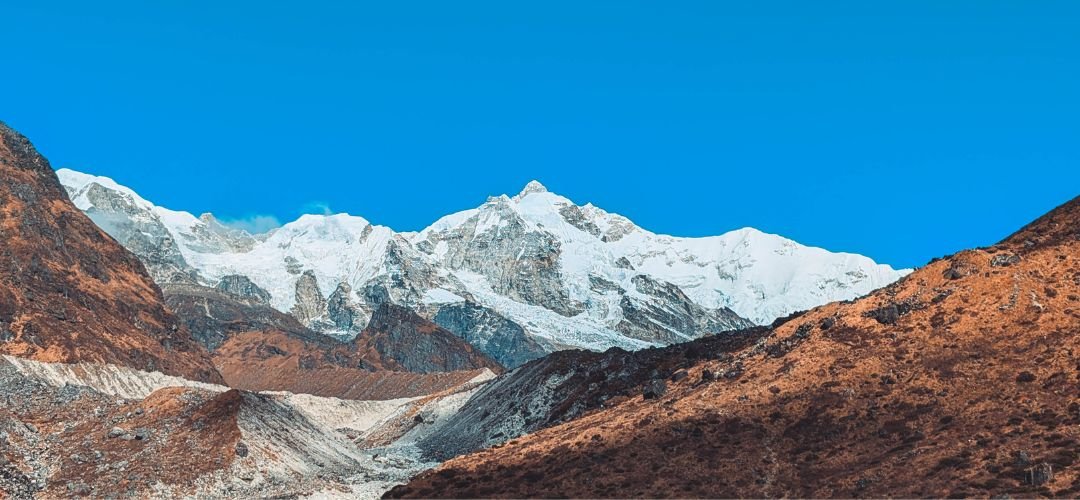
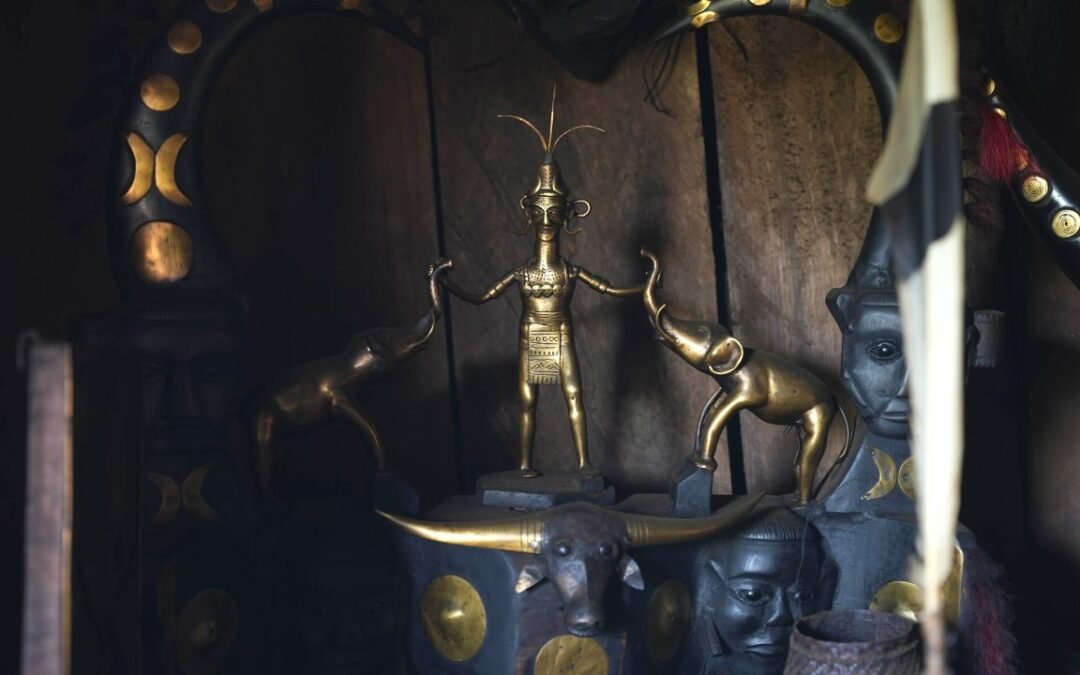
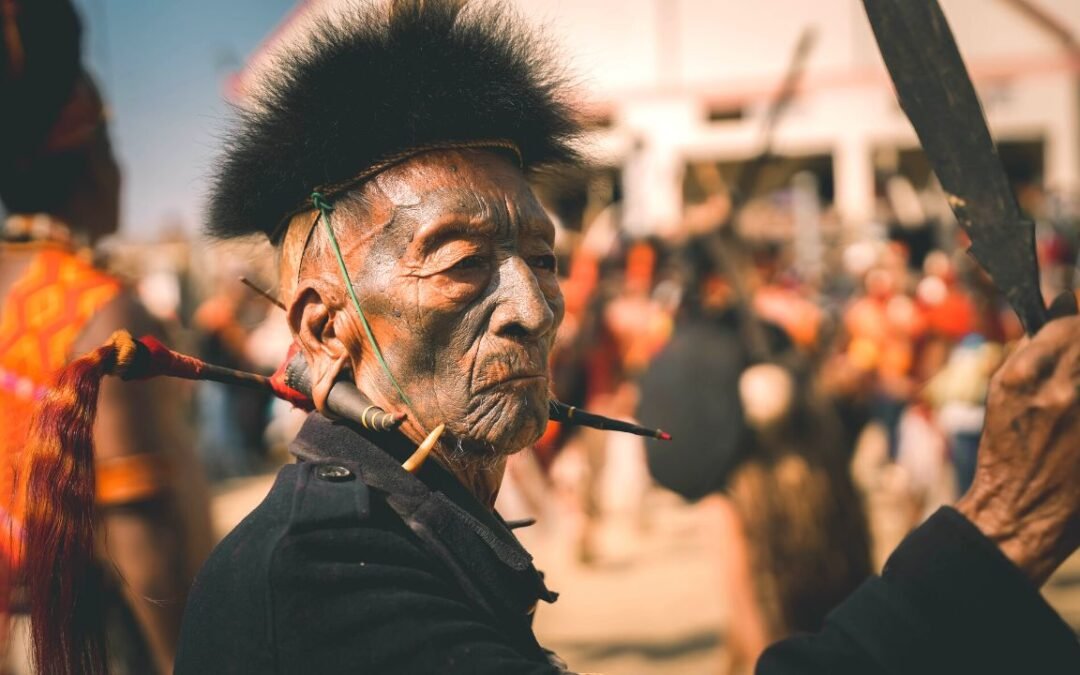
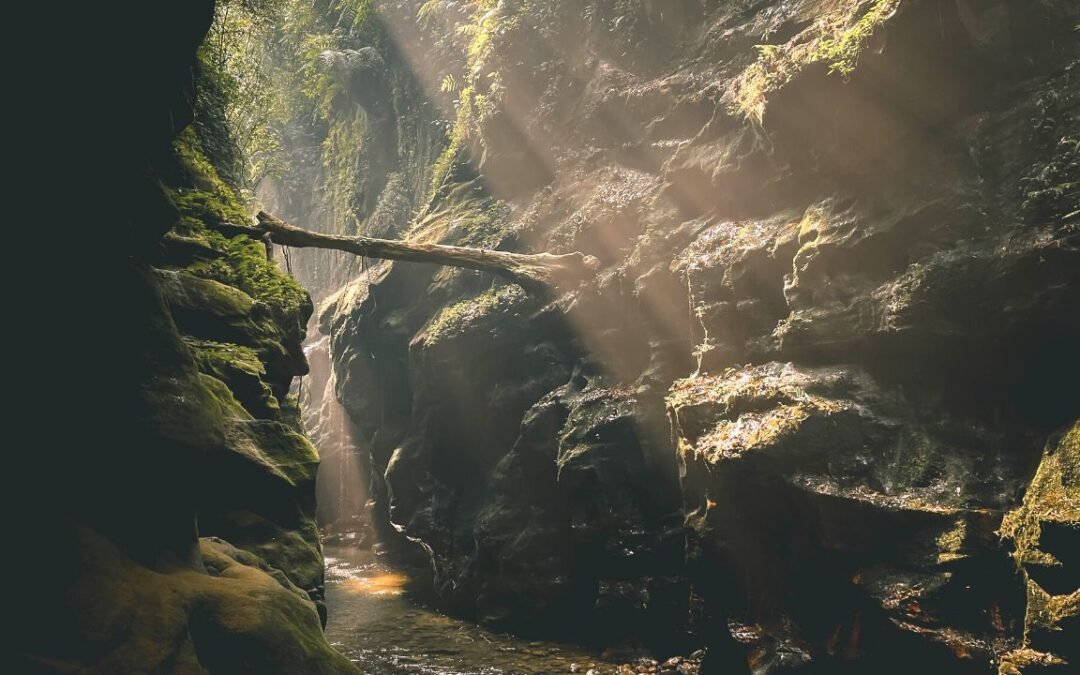
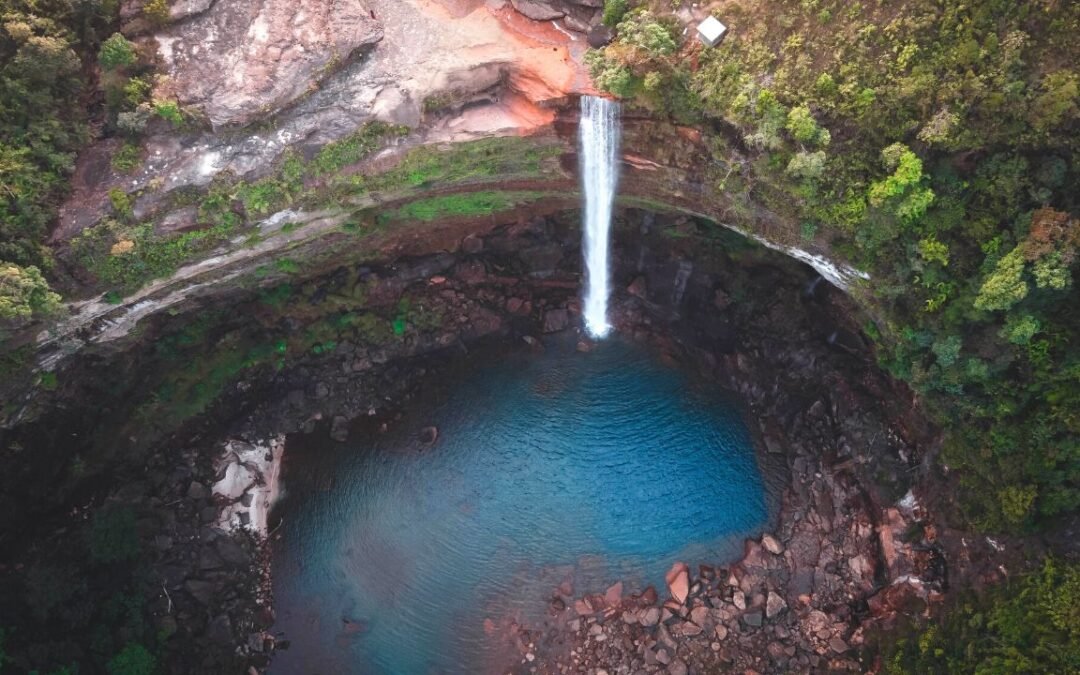
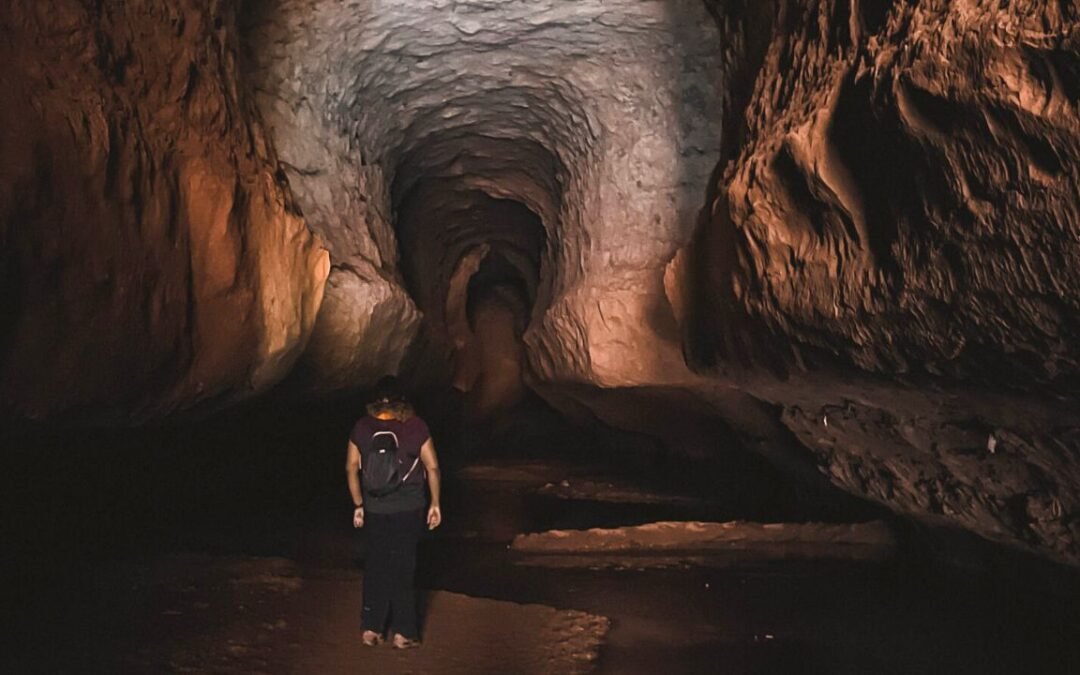
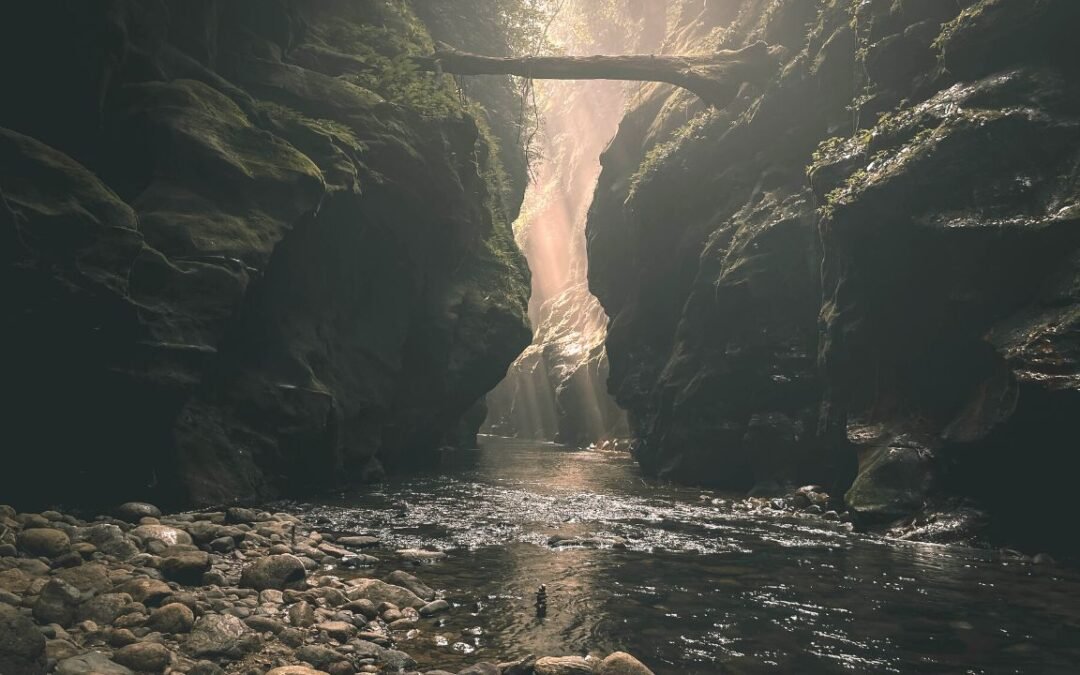
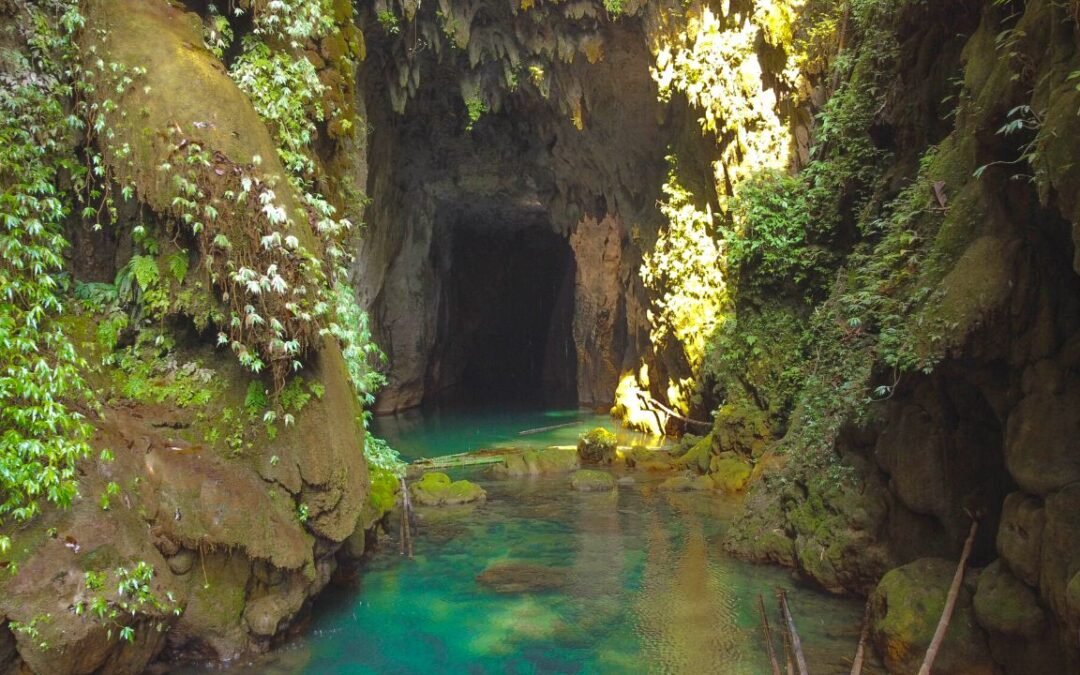
Excellent post. Spent more time seeing pictures than actual reading. Thanks for the wonderful captures. Good luck for future journeys.
Thank you so much! 🙂
Wow ? Lovely write-up and breathtaking photographs. I’m sure, witnessing this festival must have been a distinctive cultural experience. I love the way you guys explore the unexplored and track the untracked. Keep traveling. Keep writing.
Thank you Anjali! You too, keep on travelling and inspiring. 🙂
We had been to Ravangla a few years back and visited Buddha Park. We loved the serenity of the place. With the festival of Pang Lhabsol. the place must be really transformed and surcharged with excitement. The story behind the festival makes for fascinating reading. The masked dance is so intriguing and your pictures have captured the spectacular festivities so well.
Thank you so much. Festivals make the place even more electrifying.
Such stunning photos. I had not heard of Sikkim before but it looks like a wonderful place to visit. It’s great that you were able to experience the festival and share you experience with us. Very informative post, thank you
What an interesting ceremony! Fantastic photos too!! Thank you for sharing 🙂
It looks like such a beautiful and vibrant festival! I’d never heard of it before so thank you!
Amazing photography, I love the detail. I am heading to Sikkim in a month or so, I am sad I won’t get to experience this. Thanks for sharing though and I love how vibrant it is!
This was so interesting to read. I’ve never heard of this festival but it seems like a wonderful experience. Would love to be a part of it.
Wow, this looks like an incredible festival and celebration. I love how colourful this culture is and hearing the history behind it. Fantastic photos to accompany your post!
This looks like an amazing festival, and judging by the pictures it really is, the history behind it is what got me most intrigued, I wouldn’t mind visiting during it.
Stunning post with vivid details 🙂 The photographs are a sight to behold 🙂
Thank you so much Shubham! 🙂
Wow. I stayed in Ravangla for 1.5 years and witnessed PangLhabsol in the very first days of joining NIT Sikkim there however didnot have my camera then. Rabong Monastery was my every weekend trek then. This post relished the old memories. Great pictures. Lovely. 🙂
Ravangla is such a beautiful place. I can go back there again and again. Thank you Jayashree!